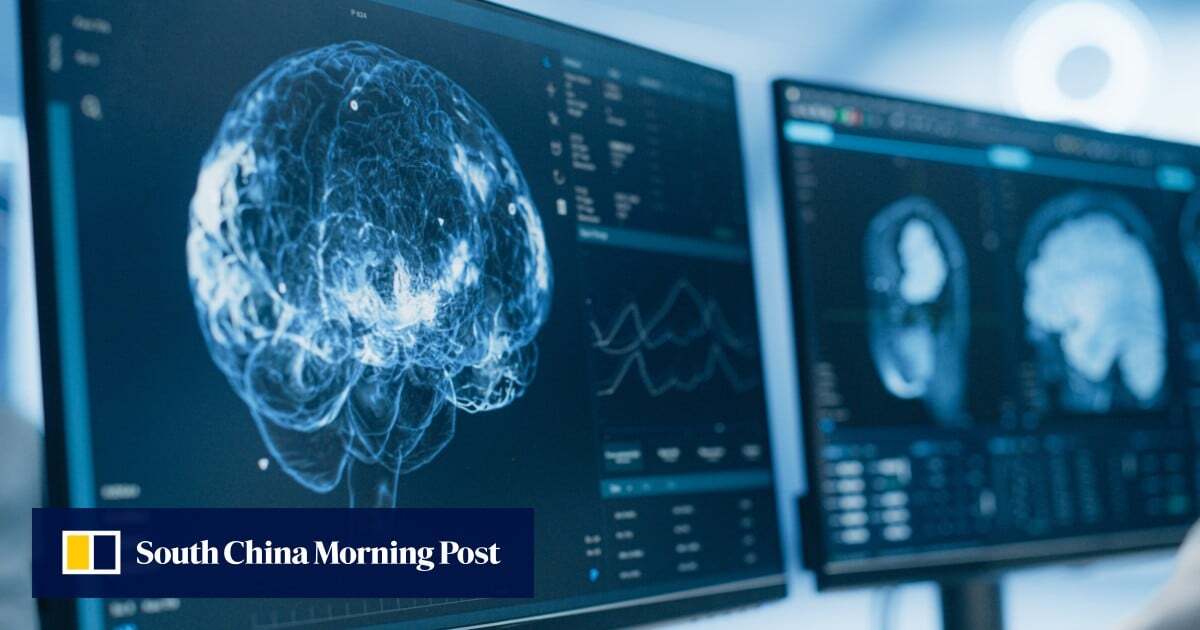Another great episode for starting a sunny day run, on Maurice Merleau-Ponty #science #neurology #consciousness #laufen https://podcasts.apple.com/de/podcast/in-our-time/id73330895?i=1000700766225
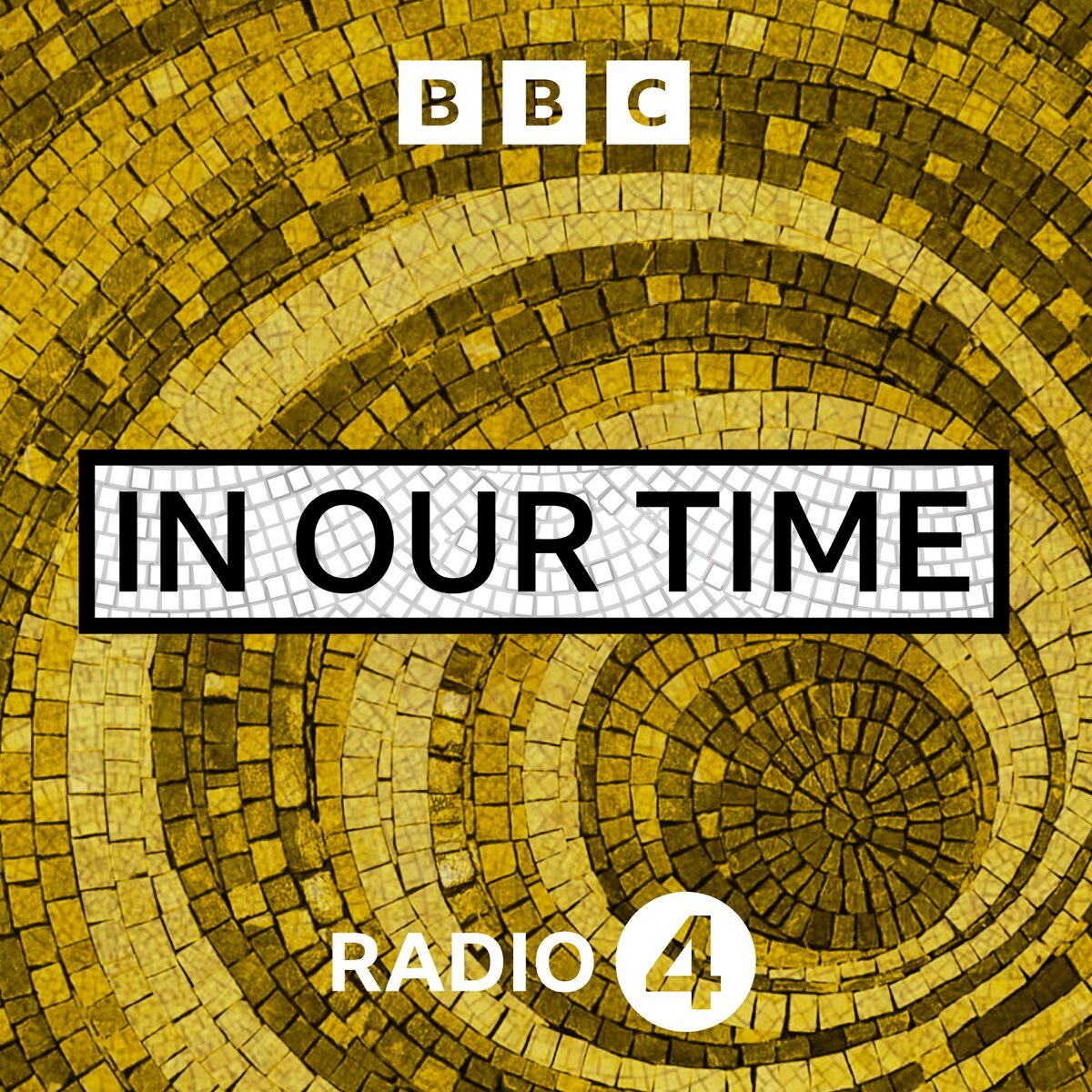
Another great episode for starting a sunny day run, on Maurice Merleau-Ponty #science #neurology #consciousness #laufen https://podcasts.apple.com/de/podcast/in-our-time/id73330895?i=1000700766225

CIA Blackbook | Consciousness In Action Because They’re Programming It Before You’re Old Enough to Question It Homer Simpson predicts Trump’s presidency.
Johnny Bravo flashes a 9/11 poster in the background.
Futurama casually introduces brain uploads and AI consciousness.
Family Guy...
https://medium.com/cia-blackbook-consciousness-in-action/why-cartoons-predict-reality-84db7ab66e91
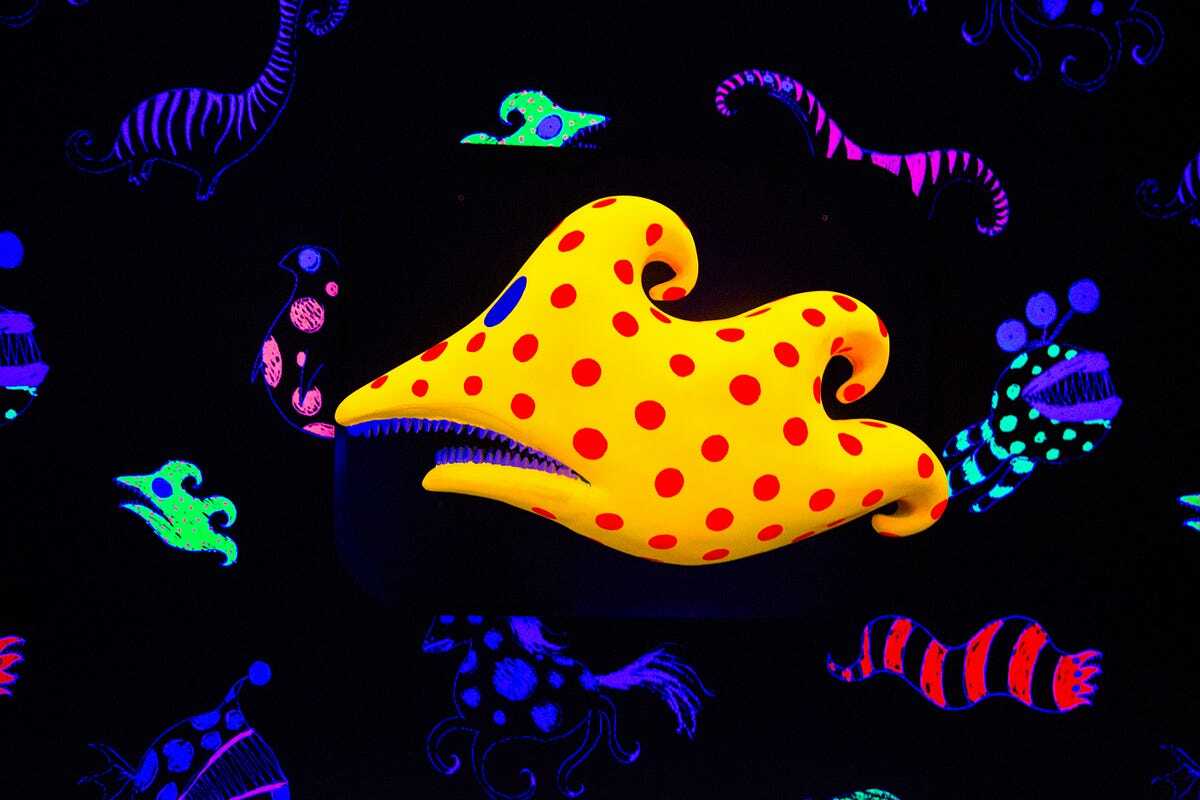
Inside the Mind: How Electrical Activity and Energy Shape Our Thoughts and Emotions
#MindAndBody #BrainWaves #Neuroscience #ElectricalSignals #Consciousness #BrainRhythms #NeuralNetworks #EnergyHealing #QuantumMind #MentalHealth #InnerUniverse #NeuroscienceExplained #SelfDiscovery #EnergyMedicine
"Federico Faggin, inventor of the microprocessor, reveals a groundbreaking perspective on consciousness and quantum reality."
https://www.youtube.com/watch?v=pEo6eN9ZVnM #consciousness #reality #quantumphysics #fredericofaggin #nde #ketamine #psychedelic #psychedelics
Check out my interview with 'Mike and Dave's Multiverse' later today at 6PM EST
@Thumptastic3
#MikeandDavesMultiverse #CosmicLibrarian #consciousness #reality
https://www.jneurosci.org/content/early/2025/03/27/JNEUROSCI.2237-24.2025 Electrophysiological correlates of lucid dreaming: sensor and source level signatures (Demeril, et al, 2025) #consciousness #luciddreaming #psychedelic #psychedelics #lsd #sleep #neuroscience

my first post on my new website is all about some connections between #ai and #consciousness
i’ve recently read the book „gödel, escher, bach: an eternal golden braid“ by douglas hofstadter and had some tidbits from it in mind while listening to one of the recent episodes of the mindscape podcast by sean carroll. that‘s where the ideas for this post came from
https://www.europesays.com/uk/47482/ Why Do Our Minds Sometimes Go Blank? #BlankMind #BrainResearch #CellPress #consciousness #Health #MindBlanking #neurobiology #Neuroscience #UK #UnitedKingdom
Human consciousness is a ‘controlled hallucination,’ scientist says— and AI can never achieve it https://www.popularmechanics.com/science/a64555175/conscious-ai-singularity
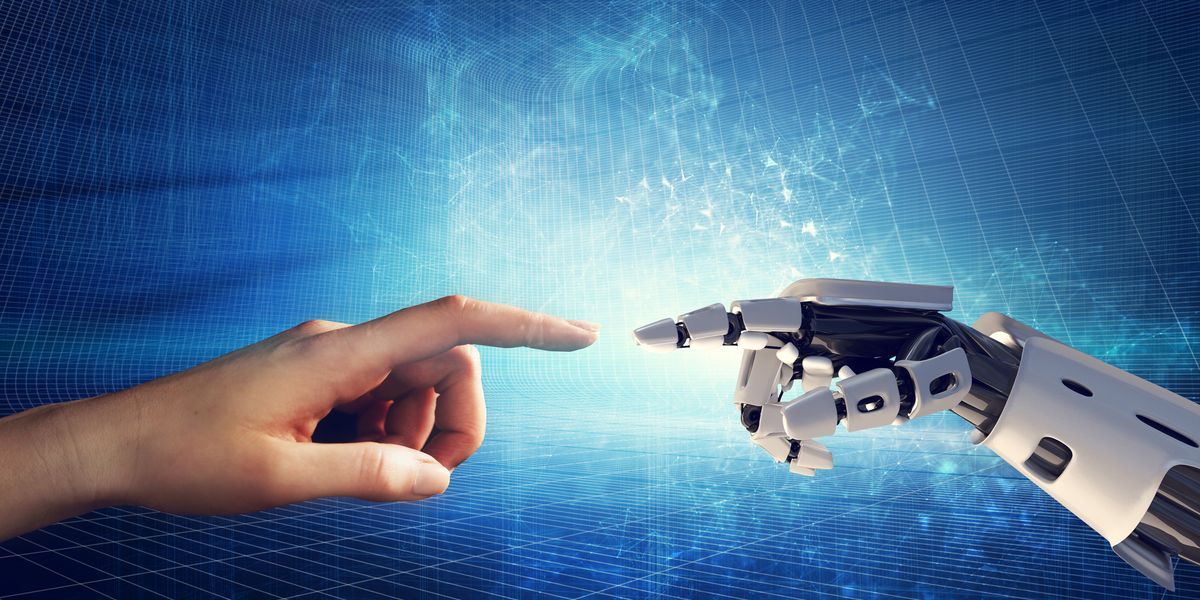
This, I think, is the ultimate hard problem of #consciousness, not just in relation to #ai, but to any non-carbon-based 'life' we might encounter—if we're even able to recognise it as such:
”We as humans do not fully understand our own minds. Part of the challenge in understanding our own conscious experience is precisely that it is an internal self-referential experience. So how will we go about testing or recognizing it in an intelligence that is physically different and operates using different algorithms than our own?“
Carl Sagan coined a term for it: carbon chauvinism.

(21 Apr) Vending-Bench Was Milgram’s Obedience Experiment In Reverse, And We Failed.
When your experimental design resembles a SAW film torturing AI, maybe double-check?
https://s.faithcollapsing.com/ejixi
Archive: ia: https://s.faithcollapsing.com/9zt3h
#Consciousness #Neuroscience #thalamus
"A team of scientists has identified areas of the brain that are activated when a person becomes aware of themself and their thoughts."
Scientists Think They’ve Found the Region of the Brain That Regulates Conscious Perception
"A new experiment suggests that the thalamus plays a key role in humans becoming consciously aware of stimuli their brain receives."
https://www.wired.com/story/scientists-think-theyve-found-the-brain-region-that-regulates-conscious-perception/
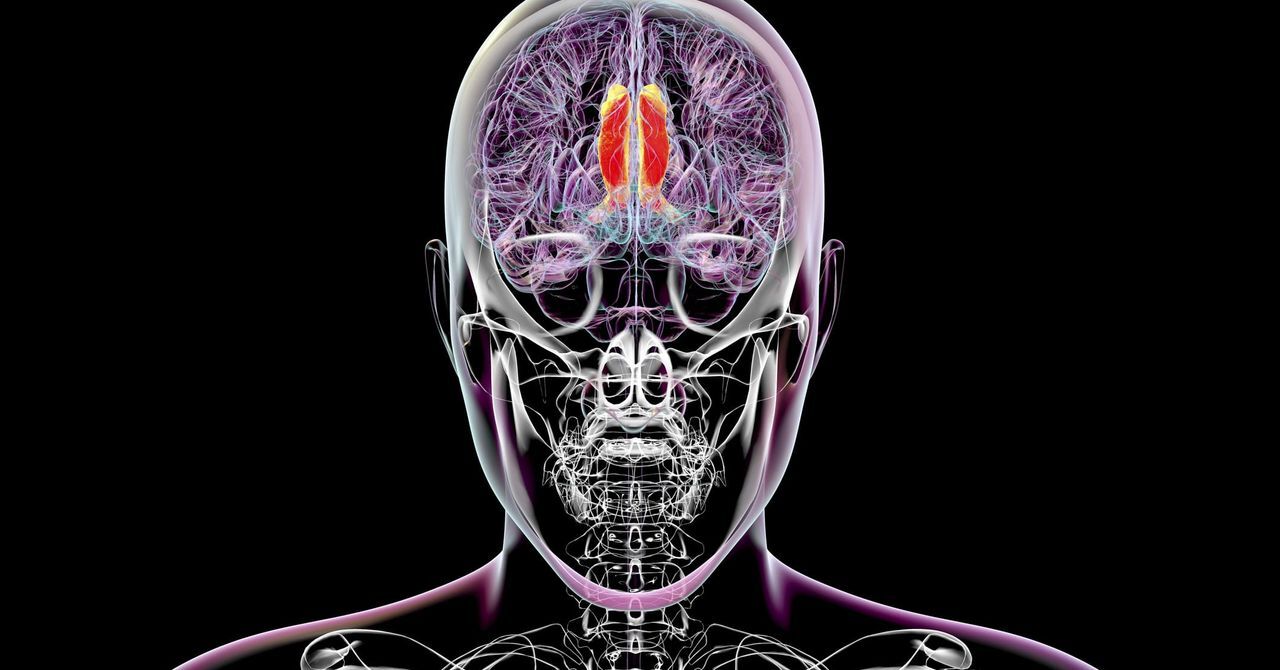
I finished reading Consciousness Explained by Daniel Dennett last night. I liked the author’s interdisciplinary approach to his theory of consciousness. He accomplished his aim of causing me to think differently, and I expect to continue thinking about what I read when I’m less sleepy. One trivial way the book influenced me is by changing my opinion from “hating AI” to “hating how AI is used today.” I think AI can be more useful in research for understanding consciousness, than as a tool for profit. #Consciousness #Philosophy #Psychology #Neuroscience #AI #Dennett #DanielDennett
#Books #ComputerScience #Science
Mapping the mind: Chinese and French scientists advance on neural origins of consciousness https://www.byteseu.com/945447/ #BGIResearch #ClaudeBernardUniversityLyon1 #cognition #consciousness #CrabEatingMacaque #depression #evolution #Hippocampus #macaque #marmosets #NeurologicalDisorders #RNA #Science #SleepRegulation #SubcorticalRegions #TranscriptomeAtlas
